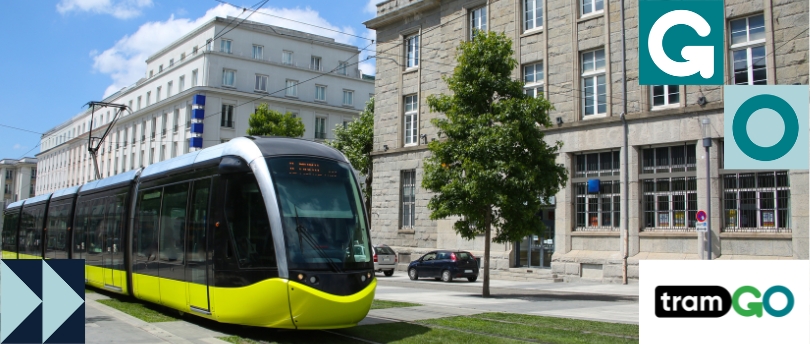Background
The idea behind the tram is to improve the capacity of the existing public transit system between Gatineau’s west end and the Gatineau and Ottawa downtowns in order to meet long-term mobility needs. It will improve the quality of life, contribute to economic and social development, and promote sustainable mobility throughout the national capital region.

